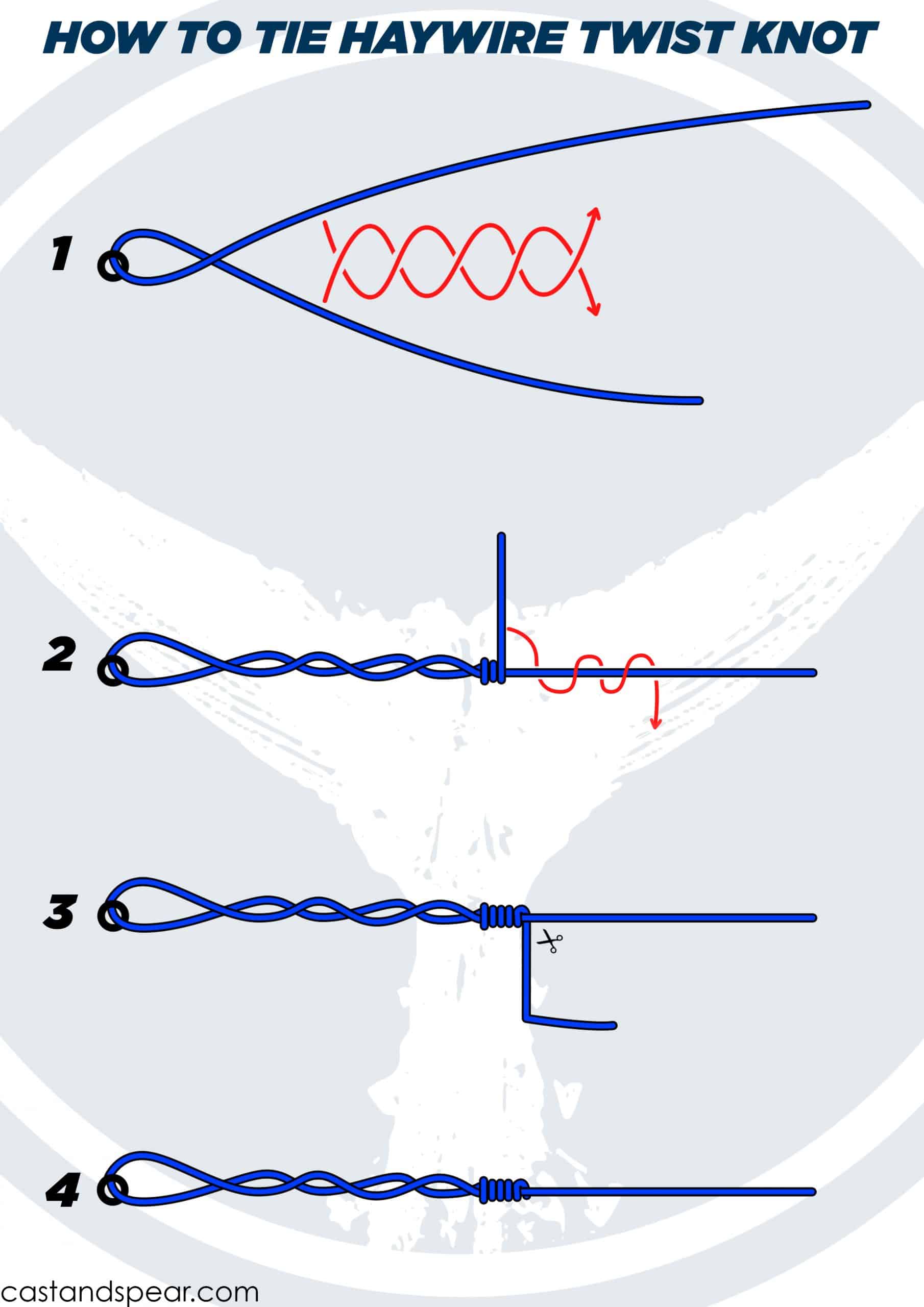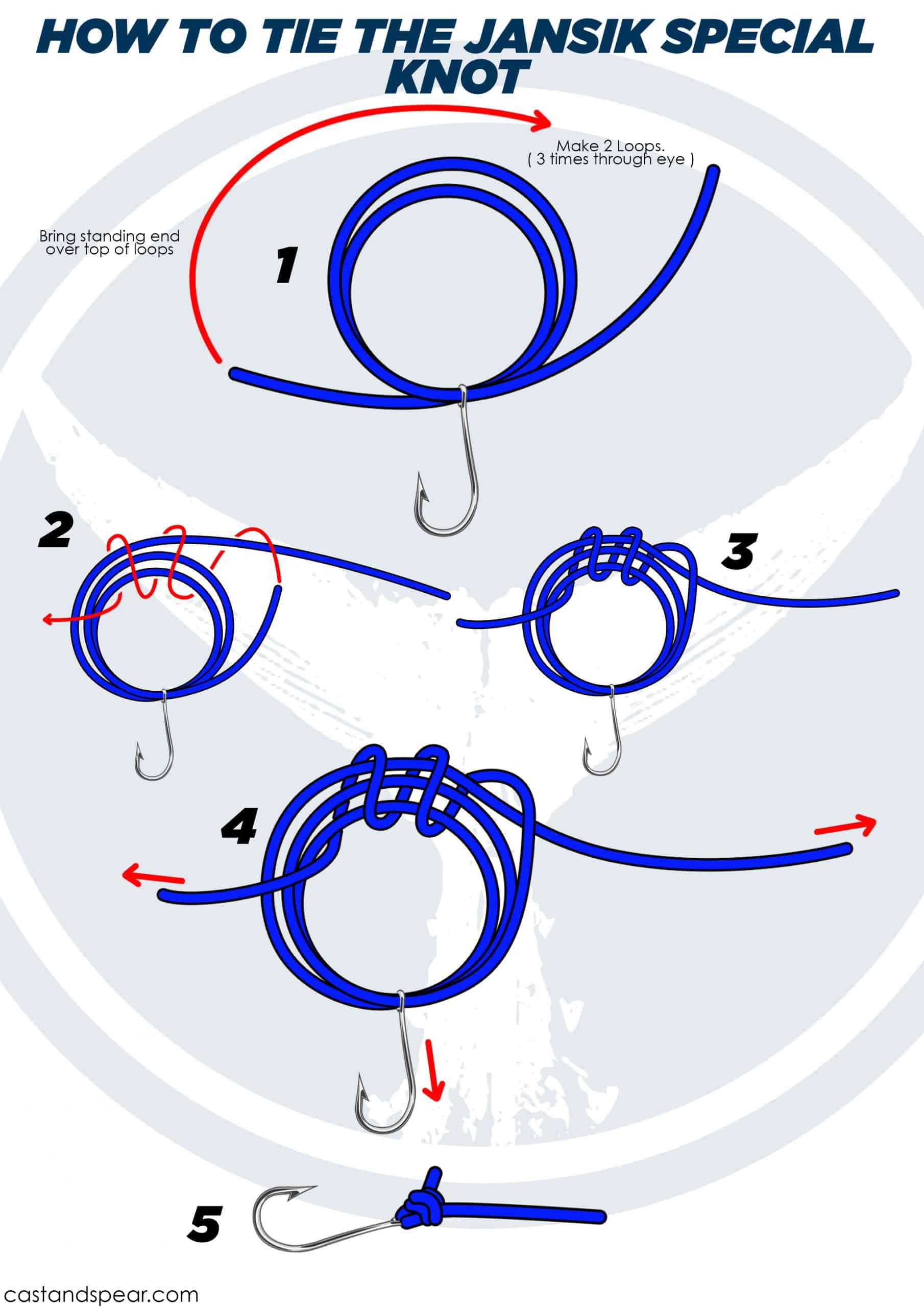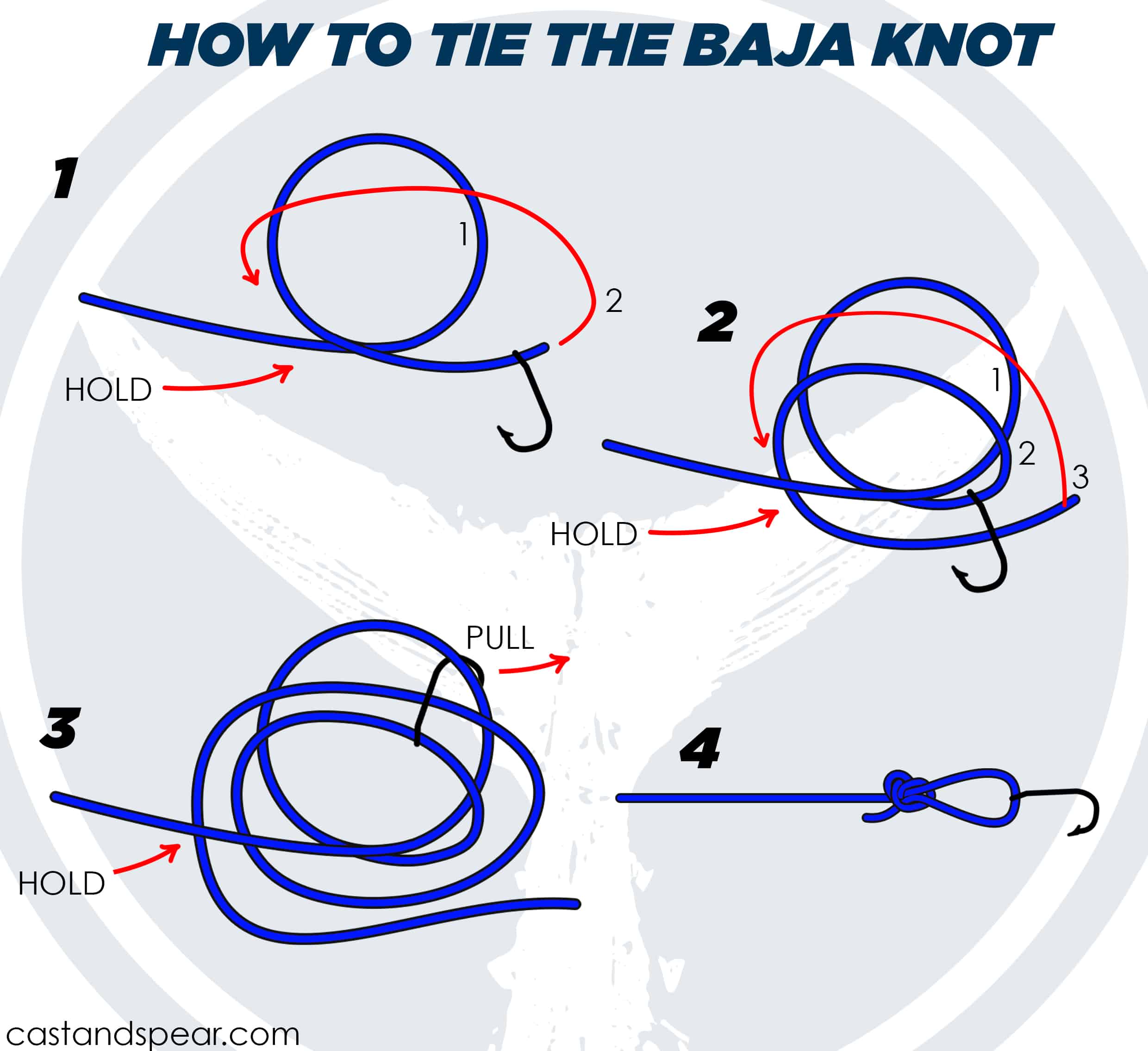Want to learn how to tie a Baja Knot? Understanding how to tie this knot is important, especially if you want to catch big fish. In this article, we’ll share everything you need to know about the Baja Knot.
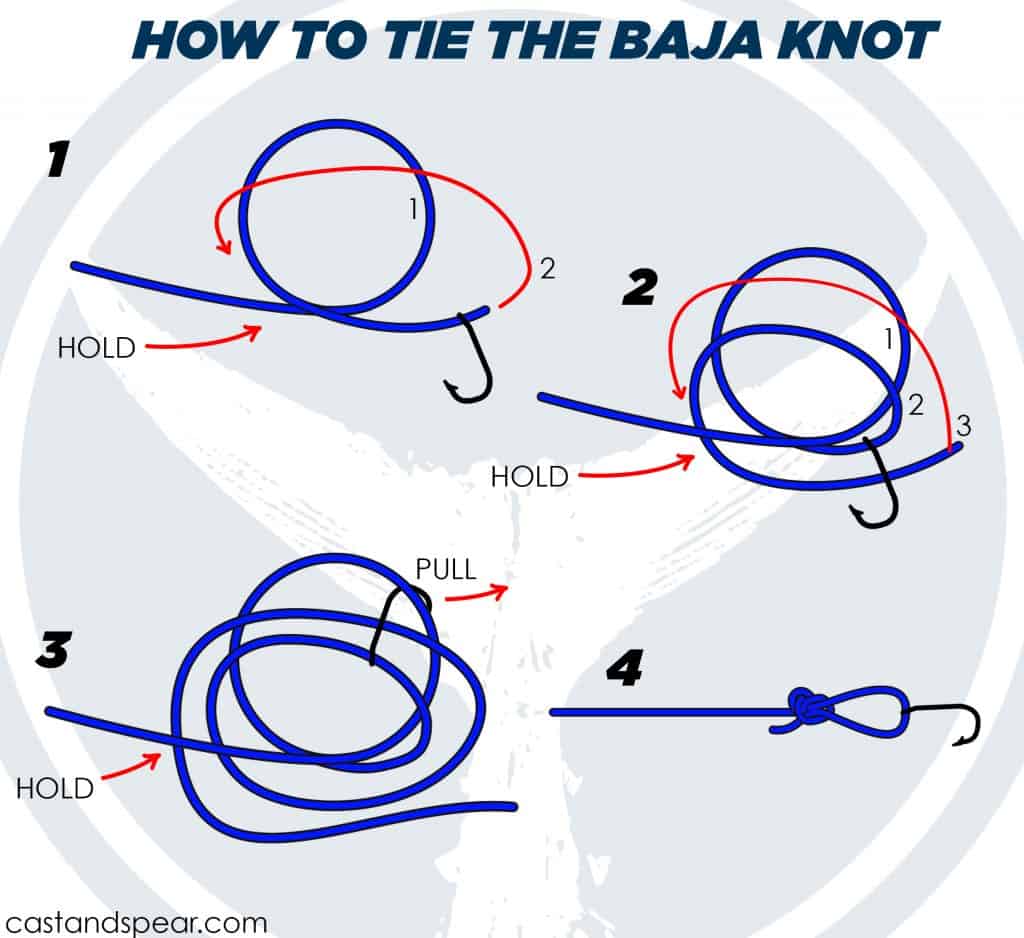
Imagine this. You’re on a boat fishing when you feel a tug. It’s a big one. You feel excited and start reeling it in when suddenly, the line snaps. Your heart sinks as you watch the big fish swim away. What could’ve went wrong? The answer might be as simple as the knot you used.
Enter the Baja knot. This game-changing knot is a favorite among the locals in Mexico. What makes it special? And how can it help you catch more fish?
In this Baja knot guide, we’re sharing a step by step guide to tying the Baja knot and what you need to know about this fishing knot.
How to Tie the Baja Knot

- Form a loop several inches before the end of the line.
- Slide a hook at the base of the loop and allow it to hang freely.
- Take the free end of the line over the top of the first loop and behind the running line to make another loop.
- Pinch the line with your forefinger and thumb and pull at the tag end till this loop gets smaller than the first loop.
- Repeat the step to make a third medium-sized loop.
- Now slide the hook to the top of this loop, then pull it through the middle one and then through the first one before tightening the fishing knot.
- Make sure that the hook is secure using pliers and by pulling the standing line firmly.

Baja Knot At A Glance
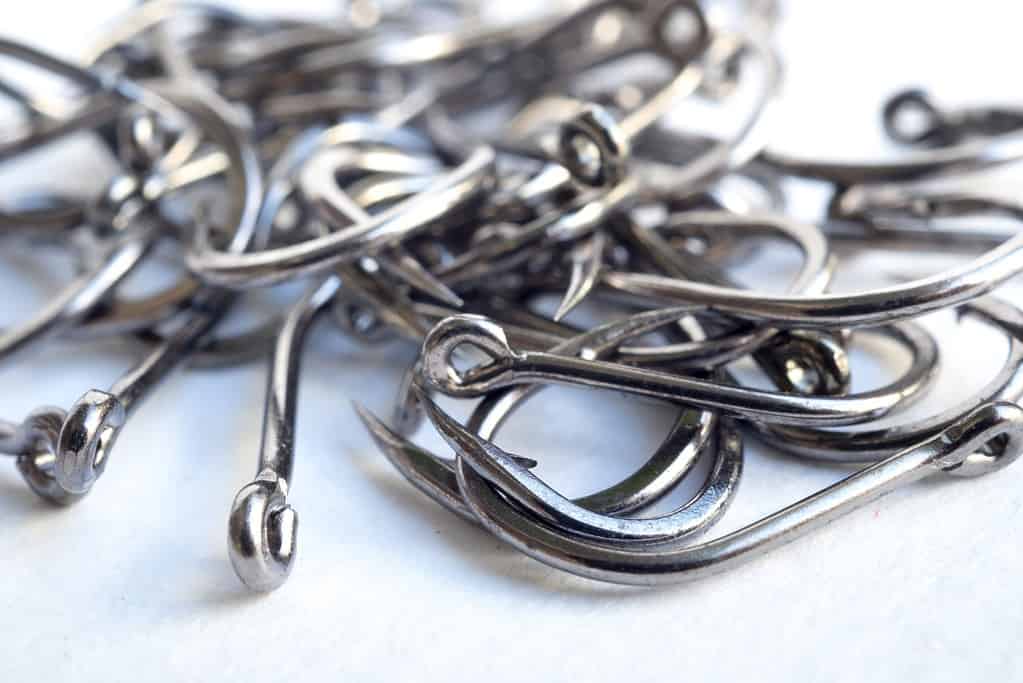
The Baja Knot is just another name for a Perfection Loop with a hook at the end. The great thing about this knot is its ability to give movement to the hook while in the water.
The Baja Knot works well with light lines all the way up to heavy leaders meant for grouper. It is mainly used to form a loop at the end of the fishing line. You can use it to easily make loop-to-loop connections. And if needed, you can tie it very small, and it will still work.
The knot got its name from Baja. This knot was first used by Mexican Panga Skippers. It works well with heavy mono. It’s easy and quick to tie and has been proven to be reliable in most situations. In fact, it works great for fishing very large fish. Unlike other knots, this will not break in the face of big fish.
Tips to Tying the Baja Knot

Tying the Baja Knot may appear difficult at first, but with a few helpful hints, you’ll be tying it like a pro in no time. Here are some ideas to help you learn how to tie this essential knot:
- Vary Your Loop Lengths: Variation is essential when tying the Baja Knot. Make sure the loops you make are of various lengths. This isn’t a one-size-fits-all problem. By altering the loop lengths, you give the knot its distinct strength and flexibility, making it more efficient in the water.
- Embrace the Heavy Mono: The Baja Knot holds the heavyweight title. It performs well when combined with heavy monofilament lines. Don’t be afraid of the thick material. The Baja Knot is up to the task, delivering a strong and solid connection that will not fail you when you hook that huge catch.
- Pull it Tight: It’s time to secure your Baja Knot now that you’ve knotted it. Grab your pliers or a strong location on your boat rail, attach the hook, and pull the standing line tightly. This will tighten the knot, securing it and making it ready for action. Remember that a properly made knot might mean the difference between landing a prize fish and recounting another story about the one that got away.
With these pointers in hand, you’ll be well on your way to perfecting the Baja Knot. Have fun fishing!
Where to Use the Baja Knot
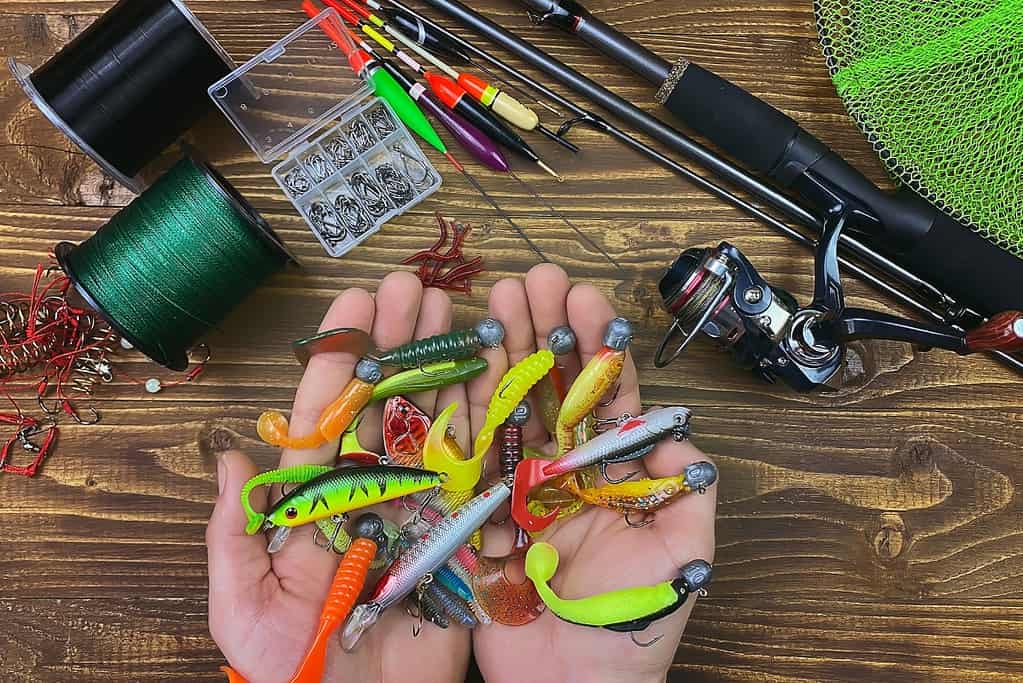
Imagine you’re getting ready to go fishing. You’ve got your line, hook, and a lure that you’re confident will attract the largest fish in the water. But how do you put all of these puzzle parts together? The flexible Baja Knot is the answer.
- Hooking Up: The Baja Knot is ideal for securing a hook to your line. It establishes a strong, secure connection that can withstand even the most determined fish’s pull. So, whether you’re looking for smallmouth bass in a freshwater stream or marlin in the deep sea, the Baja Knot has you covered.
- Fly Fishing and Lures: If you enjoy fly fishing or using lures, the Baja Knot is a must-have. It’s great for tying flies and lures to the end of your line, ensuring they stay securely attached no matter how fast you cast or how rough the water is.
- Loop-to-Loop Connections: Need to make a loop-to-loop connection? The Baja Knot is up to the challenge. It works well for this purpose and can be tied very small if necessary. This makes it an excellent alternative for complex rigs requiring the connection of several lines.
Advantages of the Baja Knot
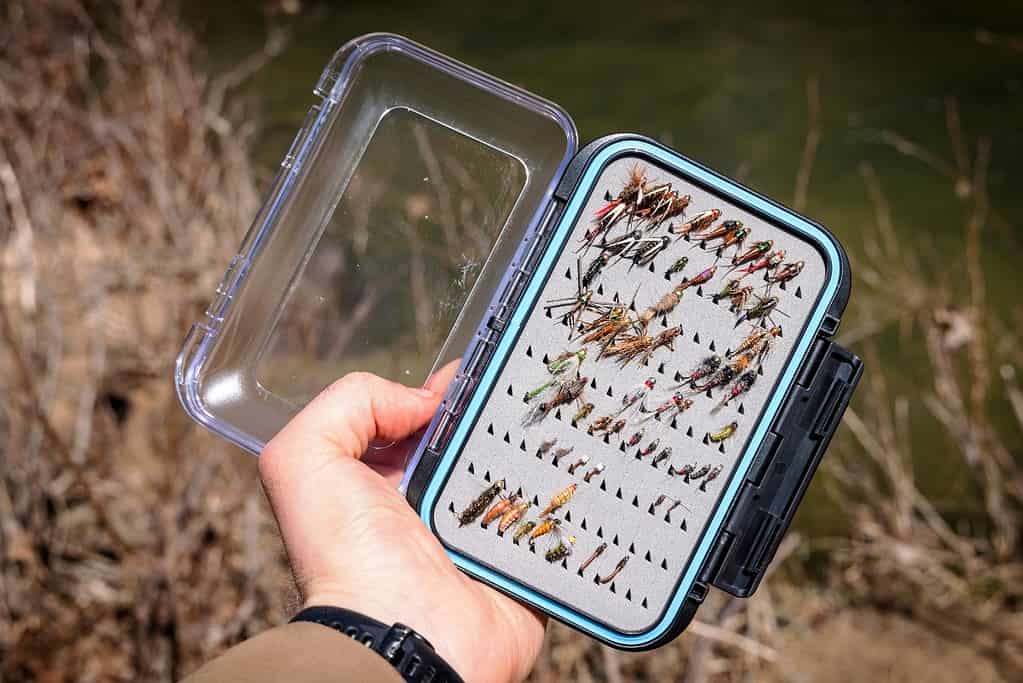
In the long list of fishing knots, the Baja Knot stands out like a lighthouse guiding anglers to success. Here’s why this knot is a favorite among fishing enthusiasts:
- Super Useful: The Baja Knot is a fishing knot’s Swiss Army knife. It’s one of the most helpful knots to learn because it’s versatile. The Baja Knot is ideal for securing a hook, tying on a bait, or forming loop-to-loop connections.
- Heavy-Duty Performance: Some knots have difficulty with strong monofilament lines; however, the Baja Knot does not. It thrives under pressure offering a strong, secure connection that won’t fail you when you’re reeling in that big catch.
- Quick and Reliable: When it comes to fishing, time is the key. The faster you can tie your knot, the sooner your line will be in the water. The Baja Knot is not only simple to tie but also incredibly dependable. Once you’ve learned it, you’ll be able to tie it in seconds, allowing you more time to concentrate on the fishing.
- Easy to Master: While it may appear complicated at first, the Baja Knot is actually pretty simple. You can master this knot with a little practice, making it a great tool in your fishing armory.
Disadvantages of the Baja Knot
While the Baja Knot offers numerous advantages, it is only fair to address its drawbacks as well. After all, every rose has thorns, and every knot has peculiarities. Here are some things to bear in mind:
- Takes Time to Tie In The Beginning: When you’re just starting out, the Baja Knot isn’t the quickest knot to tie. Making loops of various diameters can be a time-consuming task. If you need to get your line in the water quickly, this may not be the knot for you.
- Learning Curve: Mastering the Baja Knot, like any new skill, takes practice. It may appear difficult at first, especially if you’re new to fishing knots. But don’t let this deter you. With a little practice and determination, you’ll be tying the Baja Knot like a pro in no time.
Remember that every knot has advantages and disadvantages. The goal is to comprehend these and select the appropriate knot for the situation. Despite its difficulties, the Baja Knot is a highly useful and dependable knot that is well worth mastering.
Alternatives to the Baja Knot
Berkley Braid Knot
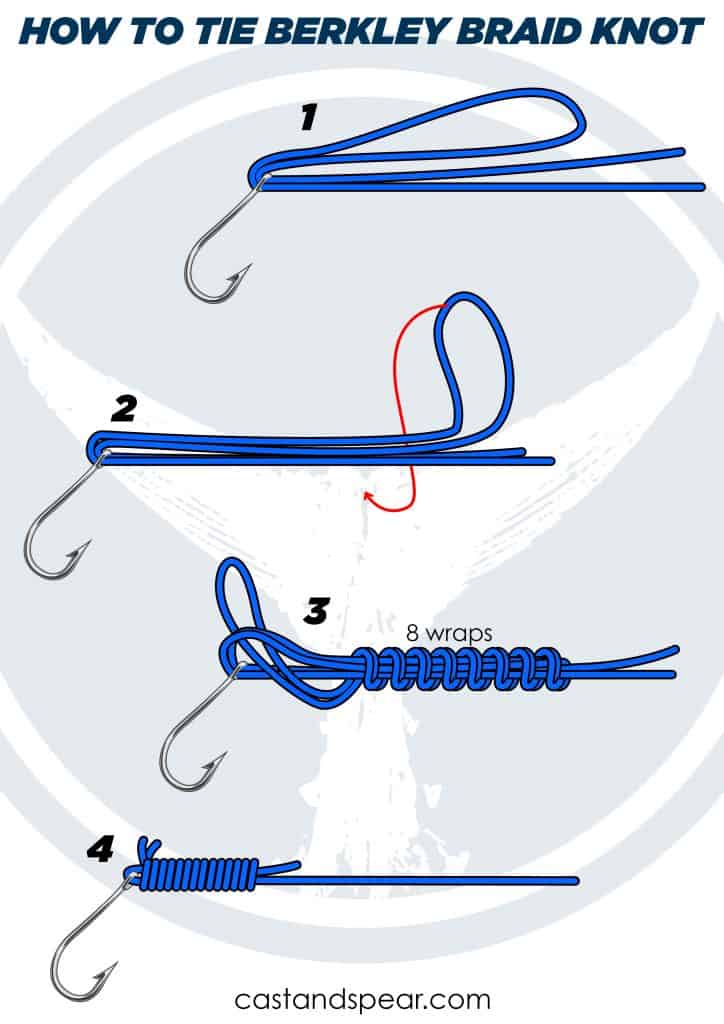
This is one of the few fishing knots used on slippery lines without failing.
Davy Knot
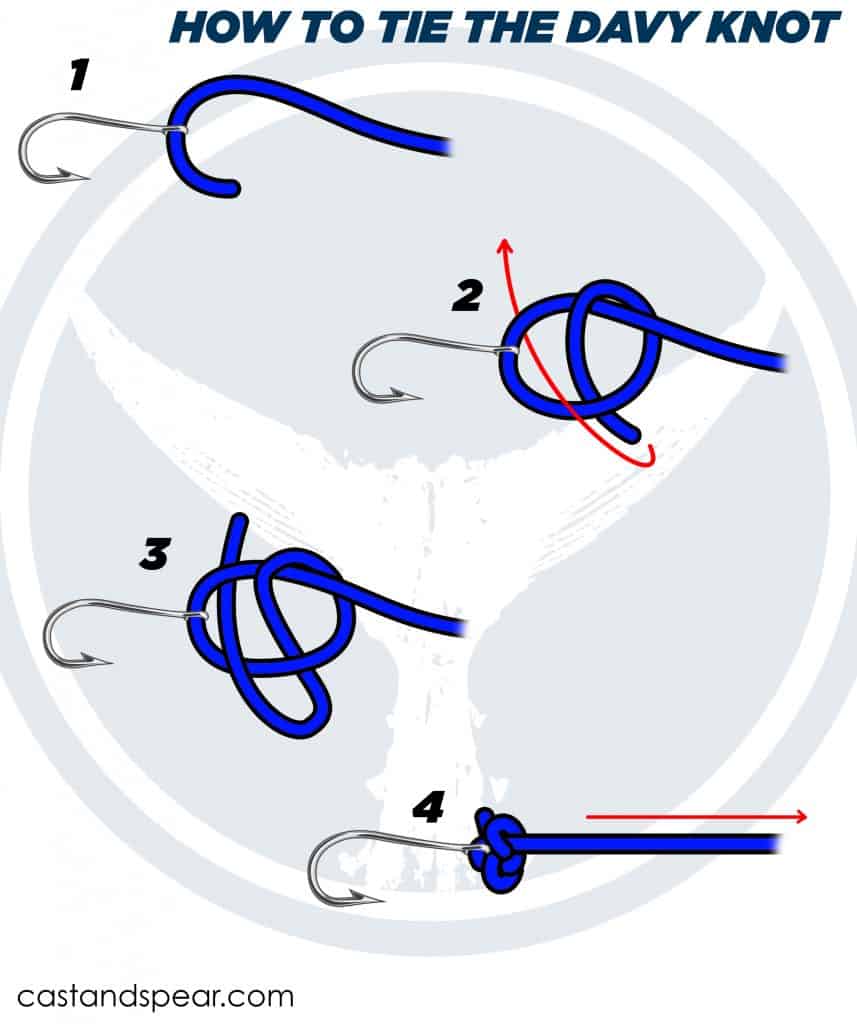
As one of the most compact fishing knots you can use, the Davy knot is ideal for fly fishing.




 Facebook
Facebook YouTube
YouTube